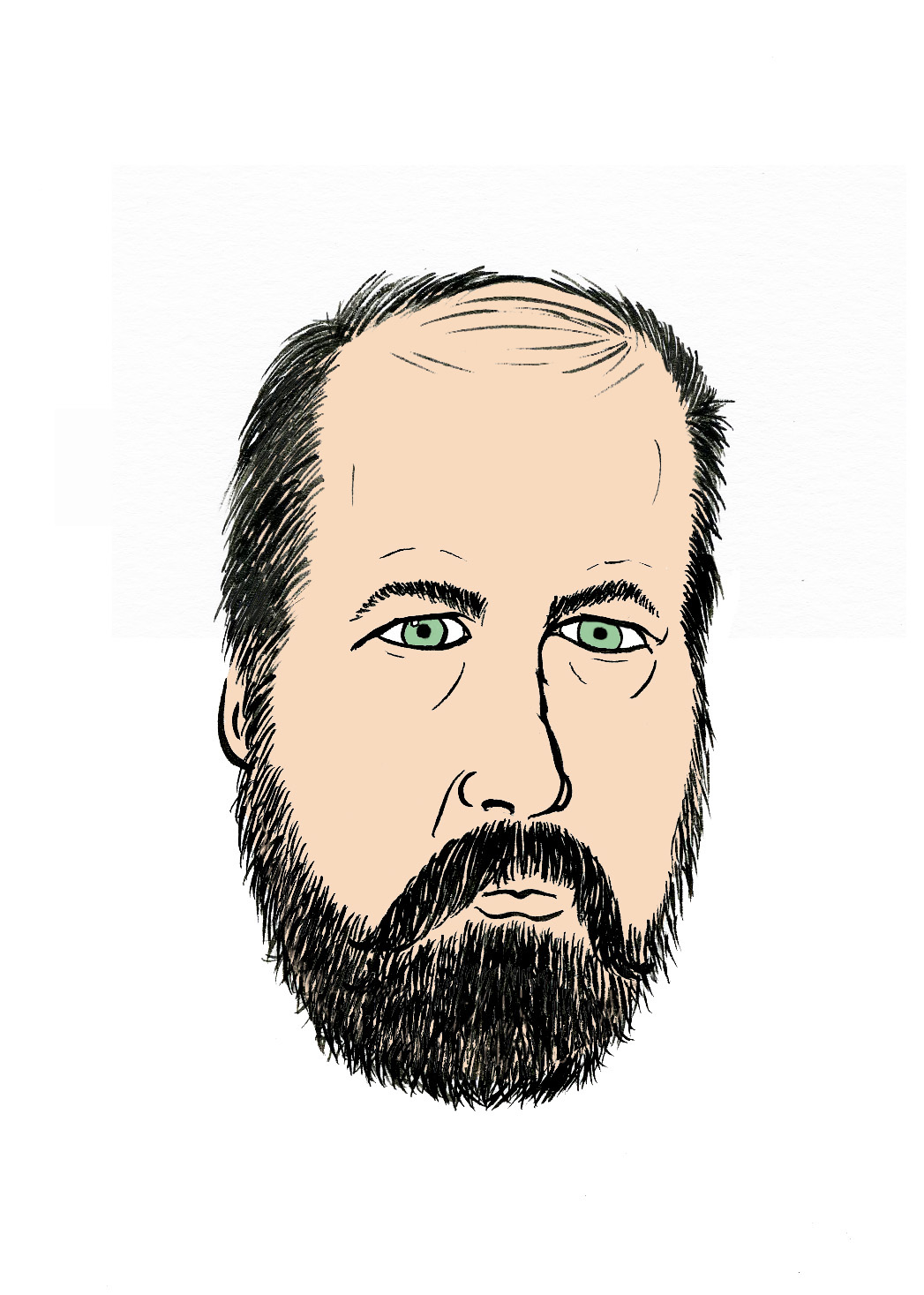Washington State is going to have a new election system this August and November. The new system will be similar to nonpartisan local elections: the top two vote-getters in the primary advance to the general. What is different with the new system is that candidates will be able to state which party they prefer on the ballot next to their name.
Party designation is featured on the ballot as a cue to voters. Many voters, especially where races near the bottom of the ballot are concerned, look for the little letter next to a candidate’s name. That cue is representative of an organization that promotes policies that hope to attract voters. D means Democrat and R means Republican: two private organizations most voters are familiar with. It’s easier to look for the D, R, or whatever indicator than it is to study every candidate on the ballot.
The proponents of our new system apparently see value in party designation as an informational cue to the voter. However, this designation is now merely a candidate preference and not an indication of actual affiliation or endorsement from an organization. I’m sure expectations are that most candidates will designate either the Republican or the Democratic party as their preference. Since it’s up to the candidate and not the party to express their preference, why couldn’t they try to convey some kind of personal distinction to really catch the eyes of voters? A candidate could now state their preference as Green-Democrat, or Libertarian-Republican, or even Libertarian-Democrat for that matter! This logic leads us to Republican-Democrat as a possible candidate designation. How about Grange-Libertarian or Bull Moose-Republican? If all these labels are for informational purposes, the candidate preferences on the ballot should just say Left, Right, Liberal, Conservative, Moderate, or Mainstream instead of using the monikers of private organizations.
A situation arose in Washington’s 1976 gubernatorial election in which candidates with very similar party names, the Socialist Labor Party and the Socialist Workers Party, appeared on the same ballot. Obviously, there were differences between the SLP and the SWP. But it was up to the earnest socialist voter to determine which one of these partisan candidates spoke best to their values.
It’s only natural for people with shared needs and values to associate. With the partisan top-two system, the preference of the candidate is paramount while actual political association is relegated to the sidelines. It will be harder for a group of like-minded citizens to get together within a political party. If they’re succeeding in getting candidates elected, after all their hard work an opportunist unknown to the party could come along and place that party’s imprimatur as his or her preference on the ballot. If this happened, the people who did all the work to build up the party name would have more incentive to get behind individuals that run for office without any partisan preference.
Washington’s new top-two system is basically a nonpartisan election performing a charade as a partisan system.





